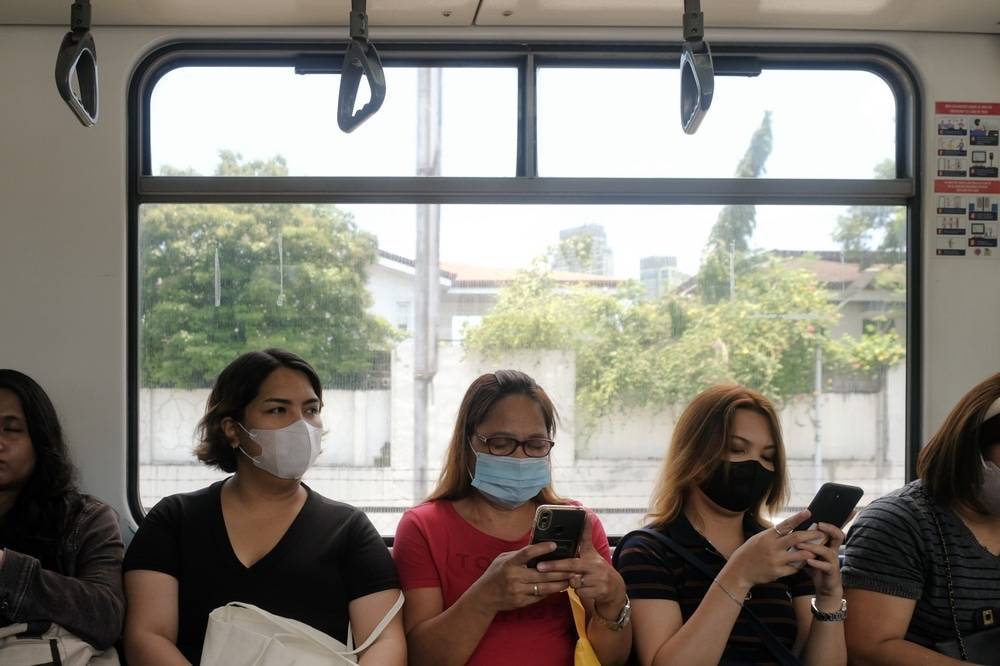Cancer remains a significant public health concern in the Philippines, with the Department of Health (DOH) recording an estimated 153,751 cases in 2020.
Among the various types of cancer, breast and cervical cancers stand out as significant health challenges affecting women across different demographics and regions.
Breast and Cervical Cancers: Persistent Challenges
Despite advancements in medical science and increased awareness campaigns, breast and cervical cancers continue to pose substantial threats to the health and well-being of Filipino women. Exemphasisehasise the importance of understanding the prevalence, risk factors, and available resources for prevention and treatment during the National Cancer Month celebration spearheaded by the DOH.
Incidence and Mortality Rates
Dr. Mae Concepcion Dolendo and Dr. Lilli May Teodoro-Cole provide insights into the incidence and mortality rates of breast and cervical cancers in the Philippines based on 2020 data. Breast cancer incidence rates in the Philippines surpass those of other Asian countries and the global average, contributing to elevated mortality rates primarily due to late-stage diagnoses. Similarly, cervical cancer incidence and mortality rates remain concerning compared to regional and international statistics.
Understanding Risk Factors
Various factors contribute to the development of breast and cervical cancers among Filipinos, including infections, age, family history, reproductive factors, lifestyle choices, and limited access to screening services. Persistent infection with high-risk types of human papillomavirus (HPV) is identified as a primary risk factor for cervical cancer.
Challenges for Cancer Patients
Limited access to early detection and screening services, particularly in rural areas, poses a significant obstacle in combating breast and cervical cancers in the Philippines. Late diagnoses and high treatment costs worsen the challenges faced by cancer patients. Cultural barriers, including stigma surrounding cancer and traditional beliefs, and low awareness levels further impede timely medical intervention, often resulting in advanced disease stages upon diagnosis.
Treatment Options and Services Available
Despite challenges, treatment options for breast and cervical cancers are available in the Philippines, including surgery, chemotherapy, radiation therapy, targeted therapies, and palliative care. The Philippine government has established designated cancer centres and access sites across the country to provide comprehensive care and support services to patients. Additionally, efforts are underway to improve the availability of affordable cancer medications and enhance the capacity of healthcare facilities for specialised care.
Initiatives and Efforts to Combat Cancer
To address cancer’s multifaceted challenges, the Philippine government, in collaboration with advocacy groups, healthcare professionals, and community organisations, has implemented various initiatives. These initiatives aim to raise awareness, promote prevention, and improve access to screening and treatment services. Regular cancer screening programs, educational campaigns, and policy initiatives are among the strategies employed to enhance cancer control efforts nationwide.
The Battle Against Cancer
The battle in the Philippines necessitates collective efforts from all sectors of society. While progress has been made in prevention and screening, significant opportunities for improvement exist in diagnosis, treatment capacity, and access to care. Active participation, education, and advocacy are crucial in the ongoing fight. They empower individuals to seek timely medical intervention, promote healthy lifestyle choices, and foster a culture of support and compassion for cancer patients and their families nationwide.
In conclusion, as the Philippines continues to grapple with the challenges posed by breast and cervical cancer, awareness, prevention, and early detection efforts are crucial to reducing the burden of these diseases. Through sustained collaborative efforts and innovative approaches, the country can strive towards a future where cancer no longer poses a formidable threat to the health and well-being of its population.

